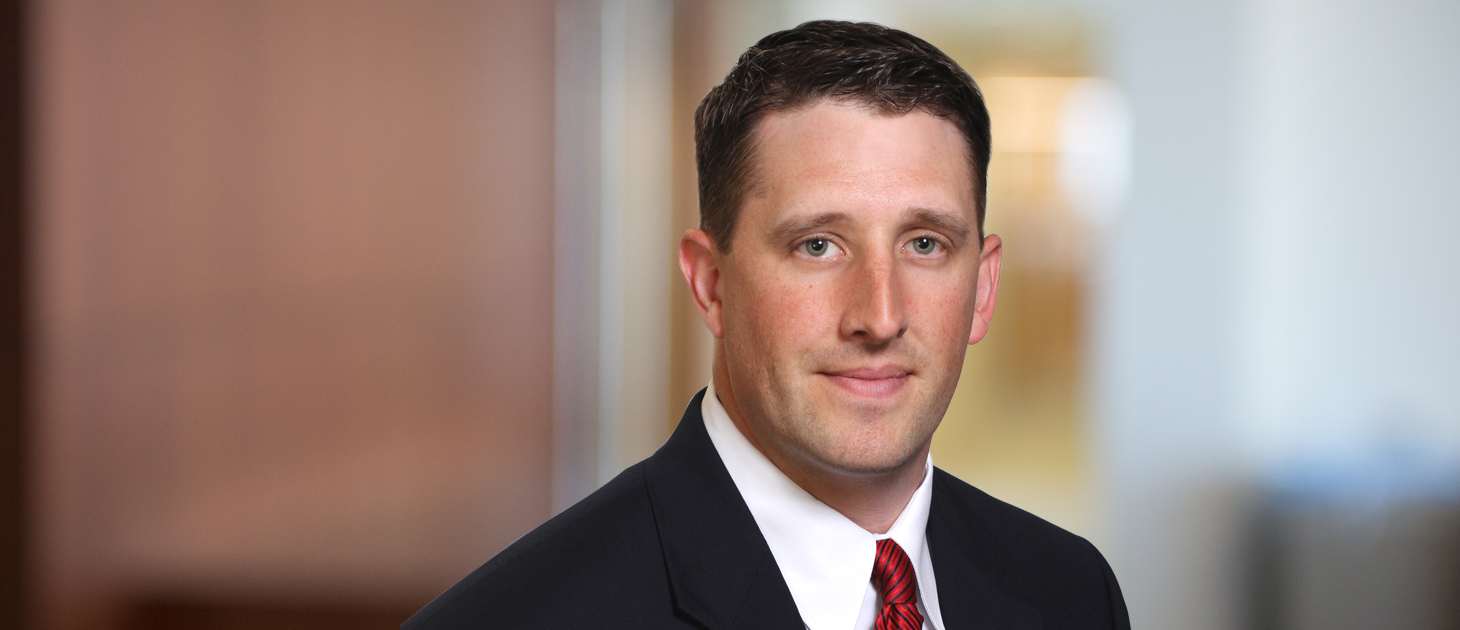A Qualified Opinion // Joe Sparacino
Deal activity in the automotive aftermarket remained strong in 2016, with more than 130 deals disclosed in North America. BB&T'S Joe Sparacino explains.

Joseph Sparacino heads the automotive aftermarket investment banking group at BB&T Capital Markets. With more than 15 years of experience in investment banking and corporate finance, he provides M&A transaction advisory services to private equity groups, their portfolio companies and other private and public companies.
How would you characterize the overall state of deal activity in the automotive aftermarket, and has it been on pace with 2015 activity?
Deal activity in the automotive aftermarket remained strong in 2016, with more than 130 deals disclosed in North America, in line with 2014 and 2015. Corporate buyers continued to invest in growth through acquisitions in just about all industry sectors, while private equity continued to make new platform investments. Factors driving M&A in the automotive aftermarket have remained consistent: corporate acquirers have generated strong cash flows for years and view acquisitions as a growth-oriented way to deploy capital, expand market share and streamline costs; meanwhile, private equity investors see a relatively stable, low-risk segment of the economy that has grown in 29 of the last 30 years. The sector is expected to grow 3 to 4 percent annually over the next five years. While not considered a highgrowth industry, the automotive aftermarket offers stability and consistency with outstanding risk-adjusted returns in just about all segments.
“While not considered a high-growth industry, the automotive aftermarket offers stability and consistency with outstanding risk-adjusted returns in just about all segments.”
What are the major segments of the market, and are there differences in how investors view each?
The U.S. vehicle aftermarket can be segmented by vehicle type (passenger vs. commercial), activity type (maintenance and repair, collision or specialty equipment), and by a respective company’s position in the supply chain (supplier, distributor, retailer or service provider). Most investors start with a view on the vehicle type—splitting out the $265 billion market for light cars and trucks from the roughly $90 billion segment for larger commercial vehicles, such as medium- and heavy-duty trucks. The light vehicle side is considered mostly non-cyclical, due to the non-discretionary nature of most repair and maintenance work, and the consistency with which people use vehicles. The commercial segment (e.g., delivery and freight trucks) is tied to economic activity, but also generates higher margins because parts are considered mission critical and low-cost in comparison to a truck’s down time (operators lose money when equipment is idle).
Each of these segments can also be broken down by type of part or service, traditionally classified into three major categories: general maintenance and repair, collision repair and specialty equipment. The first two are considered non-discretionary—if your vehicle needs tires, brakes or an oil change to run properly, or you need body and mechanical repairs following a crash, you are going to get the work done. The final way to segment the market is by who does the repair; professional services or do-it-for-me generate more than 80 percent of repair activity in the light vehicle segment, while general consumers or do-it-yourself activities constitute about 20 percent.
“The bodyshop segment has undergone a remarkable evolution in the past decade.”
The collision repair services segment has been particularly robust in terms of M&A activity. What are the catalysts there and where is the most opportunity?
The bodyshop segment has undergone a remarkable evolution in the past decade. Enabled by advances in technology and under pressure from insurance carriers to contain the cost of vehicle repairs after a crash, four companies (ABRA, Boyd Group, Caliber and Service King) have been rapidly consolidating the space. Advances in technology have enabled these larger, better-capitalized operators to invest in systems and processes that are highly value-added to insurance carriers, which face their own pressures to attract, retain and profitably service customers following a crash. These larger multi-shop operators can leverage their scale to lower the cost of buying parts and paint, while utilizing centralized staffing to minimize back-office costs and better service their customers, particularly insurance carriers. Insurance carriers, which pay most collision repairs, closely measure repair shops through key performance indicators, such as customer satisfaction and time to repair a vehicle. They use those metrics to rank service providers, resulting in more or less business for the repair shop. Smaller operators have a tough time competing with the level of investment required to run effectively and they become targets for consolidation. These deals usually have built-in revenue and cost synergies, so positive outcomes for both buyers and sellers are easy to structure. With about 35,000 independent repair locations nationally and less than 15 percent owned by the four largest consolidators, we expect acquisitions in this segment to continue for the foreseeable future.
What types of acquisition strategies are we seeing play out in this market?
There are a few major strategies driving M&A activity, including consolidation in just about all channels and segments; the expansion of suppliers’ product lines, technology offerings, customer channels and geographies; and new platform investments from private equity, which inevitably lead to more consolidation or expansion plays.


